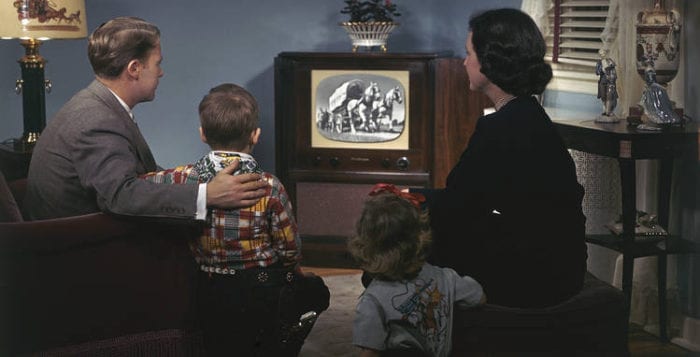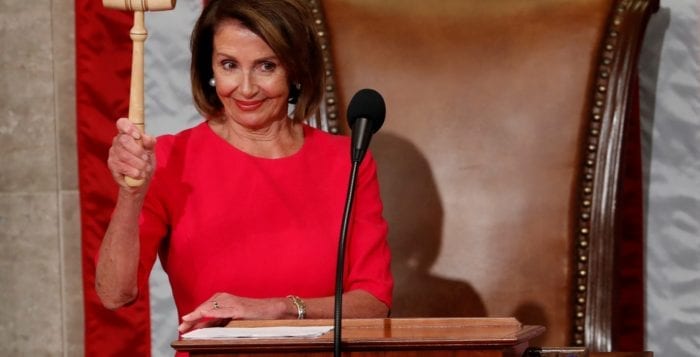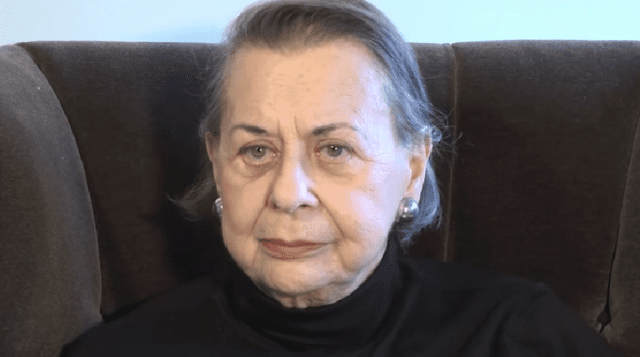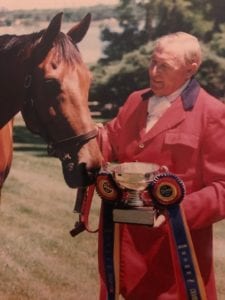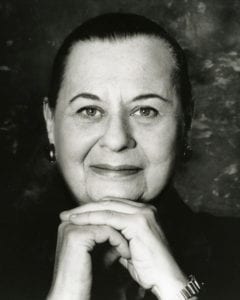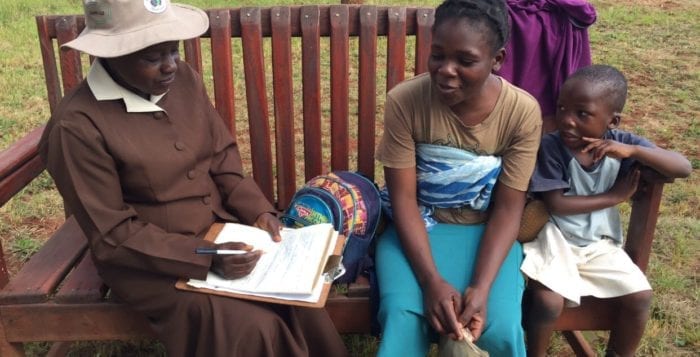By Leah Dunaief

It was a roller-coaster ride for me through the pages of The ScienceTimes on Tuesday. Always a favorite read for me, this section of The New York Times often has an article of interest or even one that could improve my life. This time there were three, and if I were scoring myself, I would say I did pretty well on two and not very well on the third.
The first, headlined “Smaller Portions Support Lasting Weight Loss,” by Jane E. Brody, is right in my wheelhouse. Whenever I am eating in a restaurant, which I do for business meetings as well as an occasional social gathering, I usually order only a main course and skip the appetizer. Or if I do get an appetizer, which I might share with my companion, I will cut the portion of the entrée in half when it arrives at the table, enjoy that, and take the second half home. In that way, I feel virtuous about making two meals out of one, saving not only money but, more importantly, calories.
I don’t know if you have noticed, but restaurant portions have gotten larger over the past decade. And the idea of a doggy bag has become more socially acceptable. When asked, waiters will arrive with takeout containers in a jiffy. For those of us in the generation that was told we had to finish every morsel on our plate because children were starving in China, this is one way to break that lifetime habit.

There is no question that Americans are getting fatter. Data just released shows that our average body mass index is right at the cutoff for obesity, Brody wrote. If you go to another country, as I did recently to Canada, people in the street look thinner than we do. We all know that obesity is a challenge to good health. Writer Brody recommends portion control rather than dieting and deprivation as the solution. I like that.
The second article, serving to scold me, is titled “Cut Added Sugars, Study Suggests,” by Anahad O’Connor. This is a problem for me because I have a well-honed sweet tooth. Yes I can eliminate sugar in my coffee or tea, but my downfall is my passion for sauces. And sauces are often loaded with sugar — added sugar that the article proclaims a no-no. If you read the ingredients on any packaged food, you will be surprised to find often that sugar is one of the first five listed. Don’t buy it. Yogurts, sauces, salad dressings and bread — yes, bread — can have added sugar. Fruit juices, soft drinks and other sweet drinks have sugar. They can be replaced with unsweetened ice tea, milk and, best of all, water.
The sugar found naturally in fruit is fine. It’s the added stuff that can cause a devastating condition known as nonalcoholic fatty liver disease, which may cause the liver to swell with dangerous levels of fat. This raises the risk of type 2 diabetes and heart disease that can even progress to liver cancer, cirrhosis and the need for a liver transplant. A recent randomized study of children with fatty liver disease was able to substantially reduce liver fat in only eight weeks on a low sugar diet, O’Connor wrote.
Solution: Read the labels on the food you buy and avoid added sugars. For me, that means limited amounts of (sob!) sauces.
The other good news article talked about the value of short bursts of exercise. “Treating Exercise Like a Snack” by Gretchen Reynolds extols the virtue of walking up stairs several times a day. “As little as 20 seconds of brisk stair climbing, done several times a day, might be enough exercise to improve fitness,” concludes a new study on interval-style training. These are instant workouts that don’t require elaborate preparations or equipment.
Aren’t we lucky? Our office is a duplex.
Oh, oh. A small sidebar just caught my eye. Entitled “Fried Foods and Heart Disease,” it will have to wait for another column.


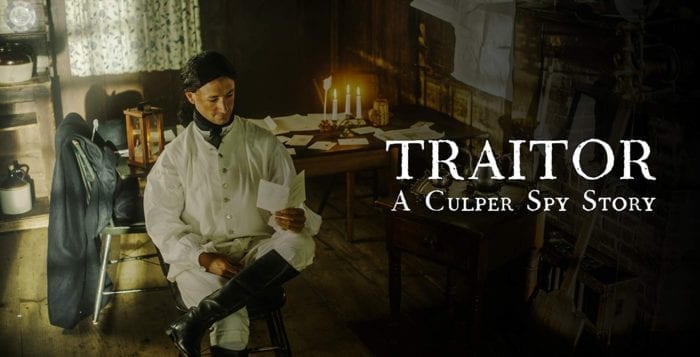
 Now the shoe is on the other foot.
Now the shoe is on the other foot.